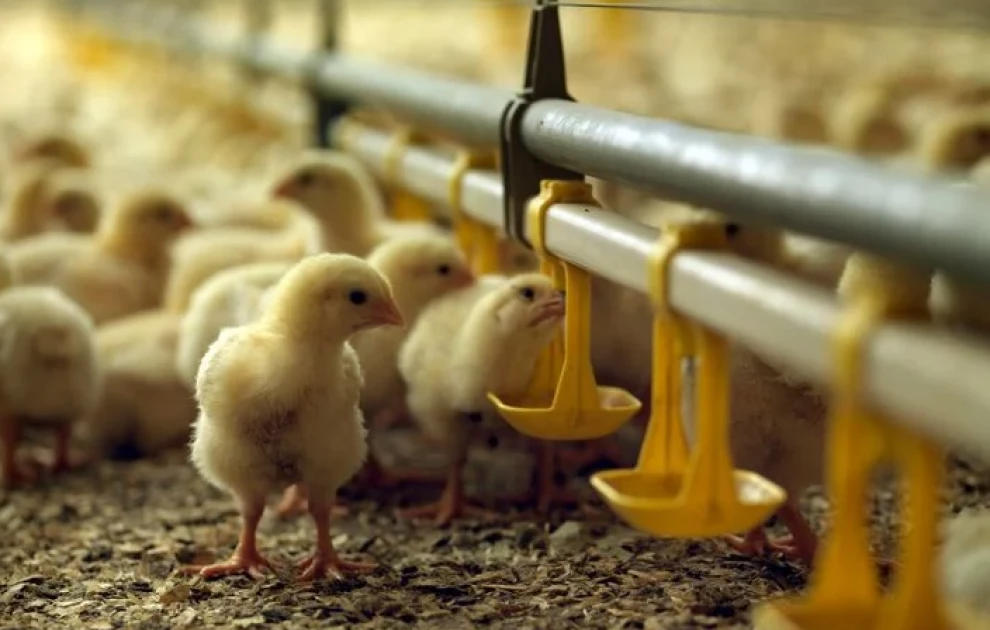De Heus Animal Nutrition Kenya eyes market leadership in three years

With a 2 percent market share across the poultry, swine, and ruminant segments, the company has set its sights on the poultry sector to drive this growth ahead of the planned completion and commissioning of its feed manufacturing plant in the second half of 2025.
Currently making up 60% of its business, data from De Heus Kenya shows that Kenyans consume, on average, about 1.26 kilograms of broiler chicken per capita. Egg consumption stands at 36 eggs, or 2.6 kilograms per capita, per year. This translates into significant demand for broiler and layer feed annually, given the country's estimated poultry population of 43.2 million to 49.7 million.
"We are witnessing high demand and growth in poultry products, including meat and eggs. Likewise, we see an increasing number of blue-collar Kenyans venturing into chicken rearing in peri-urban and rural areas, commonly referred to as side hustles," said Sam Ochieng, Chief Financial Officer.
Ochieng explained that the firm’s projections indicate a potential 15 percent increase in market share by 2027, two years after the commissioning of the plant, which will have an annual production capacity of 200,000 metric tonnes (MT) to meet the needs of the poultry, swine, and dairy farming sectors.
De Heus Kenya is currently advancing its market entry through a network of local distributors, with a focus on Central, Rift Valley, Western, and Coastal regions of Kenya. Using an 'On the Farm' approach, De Heus Kenya aims to personalize farm management and animal nutrition services to address farmers' most pressing needs.
"The biggest opportunity for De Heus Kenya is to fill the significant market gap in the production, provision, and availability of quality animal feed in Kenya. This will lead to higher yields, more sustainable farming practices, and a positive impact on farming communities," he said.
However, according to Ochieng, this growth will depend on the availability and access to raw materials, as their pricing directly affects commodity and product costs. A major raw material for animal feeds is soybean, which the firm plans to import from Zambia, India, and Uganda.
Other materials such as maize seed, sunflower cake, and plant forage will be sourced locally through farmer consolidation and aggregation models, which have proven successful in other countries.
This approach allows for easy identification of farmers and raw materials based on capacity and consistent, quality supply, working with central storage facilities and production schedules for efficiency.
Ochieng added that the firm's goal is to achieve 100% local sourcing of raw materials over time. The company is already exploring partnerships and collaborations within the public and private sectors to structure beneficial arrangements in key value chains, such as finance and agribusiness, with a focus on addressing gaps in farmer development and capacity building for mutual benefit across the board.
Want to send us a story? SMS to 25170 or WhatsApp 0743570000 or Submit on Citizen Digital or email wananchi@royalmedia.co.ke
Comments
No comments yet.


Leave a Comment